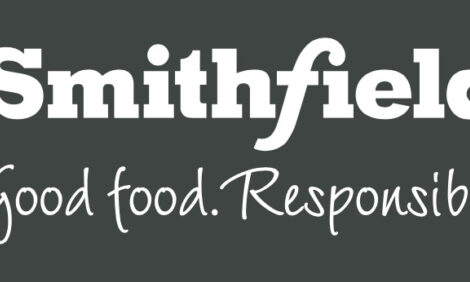



Feedback Sought on Code; ‘Pigs in Crates Forever’?
NEW ZEALAND - The National Animal Welfare Advisory Committee (NAWAC) yesterday completed a review of the Animal Welfare (Pigs) Code of Welfare 2005 and a draft code was released for public consultation.The review has been a priority for NAWAC and was programmed so issues surrounding the use of confinement systems (such as farrowing crates and dry sow stalls) in pig production could be re-examined.
NAWAC Chairman Dr John Hellstrom says that although the use of these types of confinement systems is frequently opposed, the challenge in modern day pig production lies in finding viable alternative management systems for industry that improves animal welfare overall.
“Pigs in production systems are quick to establish dominance, which is maintained through aggression to win things like food, water and space. There can be severe injuries from fighting and you also end up with subordinate pigs lower down the social order may suffer from lack of access to food and water. The level of aggression in sows can be particularly severe in early pregnancy."
“The challenge is to manage pig aggression while giving them the opportunity to display more positive behaviour – being social, living in groups, and rooting and chewing for example.”
As such, the review has re-affirmed NAWAC’s belief that the use of dry sow stalls and farrowing crates should be eventually phased out, but only when other viable options are possible says Dr Hellstrom.
“Alternatives to current confinement systems must improve overall animal welfare. In the case of farrowing crates, no alternative that still provides protection for the piglets while allowing the sow more freedom to move around has yet been found anywhere in the world.”
“In the case of dry sow stalls, the situation is less clear-cut. There is no strong scientific evidence for a preference to any other commercial production system, nor is there strong evidence for sow stalls to be preferred over others on welfare grounds. Because of this, NAWAC has taken consideration of societal expectations and analysis of economic impacts in proposing a future ban”.
Accordingly, the draft code contains standards that:
- limit the use of farrowing crates to four weeks post-farrowing from the date the code is issued
- limit the use of dry sow stalls to four weeks post-mating after 31 December 2012
- prohibit the use of dry sow stalls at a date to be determined following the consultation process.
The code review has taken place in consultation with the pork industry, representatives of farmers, veterinarians and animal welfare organisations. A draft economic analysis conducted by the Ministry of Agriculture & Forestry (MAF) incorporating some information provided by the pork industry, identifies that the industry should be able to phase out dry sow stalls as early as 2017 without causing significant harm to pork producers.
“The code is a draft and there haven’t been any final decisions made. We want to know whether the minimum standards and recommendations have gone too far or not far enough and welcome comments on the content of the code and proposed timing of changes”, says Dr Hellstrom.
Pig industry allowed to use cruel crates indefinitely, say animal advocates
National animal advocacy organisation SAFE says that while the draft code, developed by National Animal Welfare Advisory Committee (NAWAC), does propose to restrict the use of sow stalls before ultimately phasing them out, it excludes banning farrowing crates, used for mothers and their piglets, which are equally cruel.
“According to the draft code, NAWAC intends to reduce the use of sow stalls to the first four weeks of a sow’s pregnancy by the end of 2012 NAWAC also states that a total ban on sow stalls will be set in place after submissions and economic analysis have taken place,” says SAFE campaign director Hans Kriek.
“NAWAC further states there is no scientific evidence that sow stalls provide significant animal welfare benefits for sows compared to alternative systems, and favours a total ban by December 2017. However SAFE wants a ban now, not in seven years,” says Mr Kriek.
SAFE says the public will be further appalled to hear that once this code is made law, the pig industry will still be permitted to keep sows with piglets, in cruel confinement systems.
“NAWAC has no intention of ending the use of farrowing crates, meaning that tens of thousands of sows will continue to be forced to raise their babies inside the harsh environment of a crate,” says Mr Kriek.
The New Zealand Pork Industry Board delayed the release of the draft code in December last year after threatening NAWAC with legal action.
“SAFE applauds NAWAC for not backing down on its intended sow stall ban despite legal threats by the pig industry, but we have serious concerns that the draft code does not go far enough to prevent widespread suffering in the pig industry,” says Mr Kriek.
Next week SAFE intends to launch its campaign, urging New Zealanders to make a submission calling for an immediate ban on all sow crates.
The draft code is available here and the closing date for submissions is 16 April 2010. Submissions on the accompanying draft economic analysis that informs the draft code are also sought. Anyone making submissions should do so by email to [email protected].
Further Reading
| - | Go to our previous news item on this story by clicking here. |






